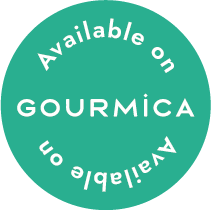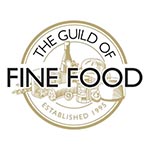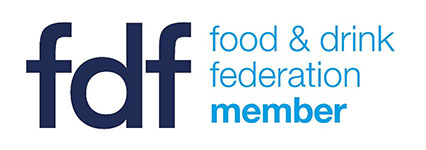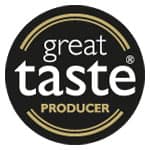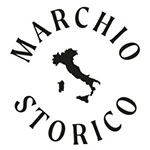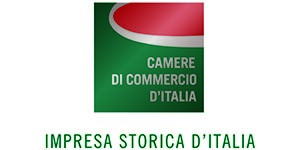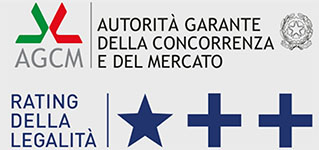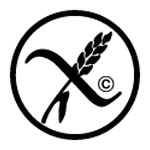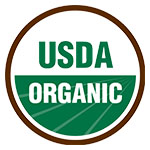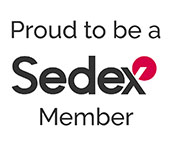SOLD AS SEEN
PACKGING TODAY - JULY 2020
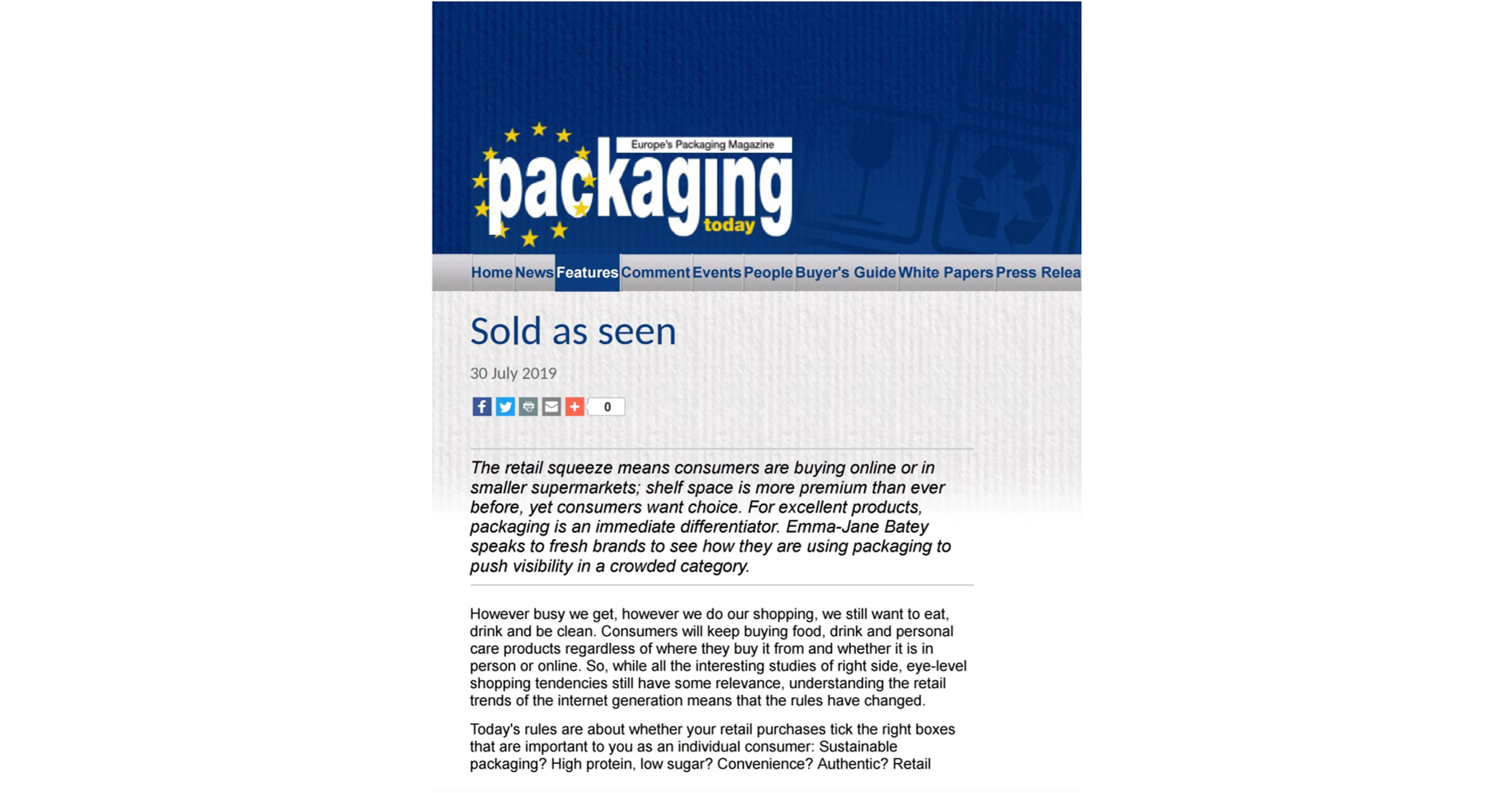
However busy we get, however we do our shopping, we still want to eat, drink and be clean. Consumers will keep buying food, drink and personal care products regardless of where they buy it from and whether it is in person or online. So, while all the interesting studies of right side, eye-level shopping tendencies still have some relevance, understanding the retail trends of the internet generation means that the rules have changed.
Today's rules are about whether your retail purchases tick the right boxes that are important to you as an individual consumer: Sustainable packaging? High protein, low sugar? Convenience? Authentic? Retail purchases aren't so much driven by the Big Shop as they are the Big Stop. Consumers are all about what they don't do as much as what they stand for.
Take 2019's most talked-about snack launch so far, Sea Chips. Co-founder Daniel Pawson, whose pitch was recently featured on BBC's Dragon's Den, has created the UK's first handcrafted salmon skin crisps – a delicious low-carb snack that is an ideal alternative to potato crisps. Daniel and his co-founder Dom initially started using salmon skin crisps as garnishes when they worked in a restaurant together and, following positive feedback from customers who loved them and asked for more to take away, decided to launch Sea Chips.
Creative crisps
Pawson tells Packaging Today, “Sea Chips use the often-wasted nutrient-packed salmon skin; we transform them into light, nutritious crisps and we currently have three flavours, Lightly Salted, Salt & Vinegar and Lime & Chilli, with a new salmon Jerky flavour coming soon. We donate 10% of all profits to ocean charities to help keep the sea clean too.
“Packaging plays a really important role in our brand as it allows us to quickly portray our brand message and values; we try to include our branding on every customer touch point. Our packaging is quite light and dainty and feels clean, which represents what is inside the packet. Of course, it allows us to keep our product fresh for 12 months too without spoiling.”
The rapid success of Sea Chips is clear as the products are already available in Whole Foods, Harrods, Muscle Foods, Lewis & Cooper, and various independent delicatessens and fishmongers up and down the UK, as well as online at Amazon.
“We are ethically conscious and we don't try to be anything we are not, or get involved in telling food myths or claim to be a miracle product,” states Pawson. “We simply convey what is inside the pack and what we are about. We told our designer to keep it minimalist, simple and clean. I believe from my time as a chef that less is more. Sometimes over-complicating things can ruin the story you want to tell; we didn't want it to be in your face. We briefed them to focus on our four key elements – seafood waste, key nutritional points, UK's first salmon skin crisps and donating to ocean charities.”
Pawson notes how retail trends are positively impacting on Sea Chips' fast growth.
“We see that more than ever before consumers are looking for products that align with their own views, whether that be health conscious, environmentally conscious or food waste conscious,” he says. “People are becoming far more aware of the ingredients table too, and if you have unrecognisable ingredients they will most likely look elsewhere. Every ingredient in Sea Chips is totally natural.”
While Sea Chips initially launched in early 2019 in standard metallised film plastic packaging, it is to introduce compostable packaging across the range. The new compostable packaging is manufactured by Ultimate Packaging in Grimsby, with its secondary carton board packaging for online purchases manufactured by Pryor Packaging.
Ultimate Packaging's executive director Chris Tonge tells Packaging Today how working with Sea Chips has been an interesting journey.
“It has been great working with an exciting brand like Sea Chips almost from its conception,” he says. “Of course, digital print is perfect for this type of packaging project; with our short run capability we were able to run test prints initially and then very short production runs, allowing them to test market both the product and the designs with their customers.”
Complete flexibility
Tonge explains more about the technical specification of the Sea Chips packaging, saying, “The current designs work great on matt opp reverse printed and laminated to metallised opp to give Sea Chips the shelf life that they need.
“As the brand continues to grow and volumes get larger, we can of course move the bestselling varieties onto our flexo presses, with our workflow ensuring that the colours are a perfect match to digital. Digital helps brands evolve by bringing their concepts and ideas to life as premium quality packaging. Sea Chips is another great example of a new brand bringing something completely different to the retail market place using digital print.”
Another recent addition to the retail supermarket shelf is very old rather than very new. Fourth-generation managed Coppola Foods is one of Italy's leading authentic cooking sauce brands and, while it is widely known across Europe, its presence in the UK is not as strong. In 2019, the company is running a concerted marketing campaign aimed at expanding its share in the UK retail market, with the packaging for the popular soups, passata, pasta sauce and individual pots of risotto highlighting the family owned authenticity of the products within.
Founded in 1908 in Salerno, Italy, by the Coppola family, Coppola Foods proudly highlights its dedication to using high-quality, natural ingredients in a traditional Italian way. Marketing assistant Federica Bolognese tells Packaging Today, “Packaging plays an important role in the mission of the company; to make good food better. We view of packaging as the prime point of communication with our customers and we utilise every little space to share our story. Our latest launch is the little pots of ready-to-heat-and-eat risotto; we wanted to make sure our packaging brings consumers a product that is as close as possible to a real creamy Italian risotto, as well as being convenient to use, shelf stable and looks great on the supermarket shelf.”
Bolognese explains how the traditional design styling of the packaging is joined with the recycled cardboard outer strip and BPA-free plastic pot.
“We saw lots of similar products widely available in pouches, but we found these to be better suited to a different kind of rice, perhaps more for Asian cuisine, rather than creamy risotto,” she says. “The pot solution we have developed respected all the parameters we aimed to achieve in product quality and also achieved transparency, making visual product assessment by the customer easier. Importantly, the risotto packaging is fully recyclable – both the plastic pot and the cardboard sleeve. Similarly, our soups are intentionally offered in glass bottles instead of plastic, which is widely used for these types of products, ensuring full recyclability and possible reuse.”
Stock taking
Coppola Foods is also noticing a number of trends impacting on its active categories.
“Education, clean labelling and sustainability,” adds Bolognese. “These are also principles we try to apply across our entire range. Our aim is to explain to consumers how to better use a given product to get the best experience out of it. We also put a lot of care into clearly indicating all ingredients in the products and make sure our ingredients list can be clearly understood by everyone – not just chemists.
“We are also continually looking at ways to reduce the amount of packaging we use, such as fully recyclable materials like tin, glass and non-coated cartons, and to increase the amount of sustainable packaging like recycled cardboard. Our products are available in over 35 countries worldwide and currently the UK is one of our smallest markets, but we are continually looking to expand our retail presence in major supermarkets to join the various independent retailers and online stores that stock Coppola Foods.”
For packaging manufacturers, staying ahead of retail trends is key to growth. For employee-owned UK packaging supplier Kite Packaging, its constant focus on innovation for customers across the supply chain – from small start-up brands to major brand owners – means that interesting packaging formats are always available. Kite
“This direction of travel towards smaller retail units and convenience has driven a need for less total inventory, but the same or even greater number of stock keeping units (SKUs) in store,” packaging managing partner Gavin Ashe tells Packaging Today. “This represents a challenge to brand managers and packaging designers because shelf ready packs (SRPs) are at their most cost effective and space efficient when they hold the maximum number of individual packs.
“The larger food producers that own multiple brands and produce multiple flavours have been moving to multi-pack SRPs that have several brands or flavoured products in a single outer. This has certainly answered the retailer's desire for more SKUs in the same space, but it has created the need for more hand packing, causing the problem for food manufacturers, and the orphan products when one flavour out-sells the other."
With the delicate science of retail stock management needing to be carefully balanced against new flavours, new formats and new brands, expertise in packaging design has to be considered alongside multiple-packaging options and clever branding. As consumers buy from evermore varied online and real-life outlets, winning hearts and minds with look and feel is increasingly important.
BOXOUT 1
Food sector to offer ample opportunities
As packaging acts as the last mile connectivity for consumers, organisations can differentiate themselves through packaging solutions that not only improve the consumer experience with their products but also drive repeat purchases while maintaining positive reputations. Thus, retail-ready packaging creates a platform for companies to provide food with better labelling and packaging designs to increase customer engagement.
According to a PMMI study, almost 28% of consumers reported that they are willing to pay extra for additional conveniences, in terms of packaging. This is expected to further create opportunities for the retail-ready packaging market in the future.
Retail ready packaging also helps with the easy identification of food products, making it simple to pull orders from distribution centres. It also reduces the likelihood of out-of-stock items and boosts sales by up to 3–5% by lowering out-of-stock inventory for retailers.
BOXOUT 2
North America expected to occupy largest market share
North America's strong financial position enables it to invest in advanced solutions and technologies. In addition, the presence of several major US corrugated board packaging vendors, such as International Paper Company, Georgia-Pacific and WestRock Company provides high-volume and quality materials at low cost for the retail-ready packaging market in the region.
Moreover, retailers in this region, such as Walmart, Kroger, and others, are increasingly adopting retail-ready packaging solutions. These stores are establishing guidelines to help standardise and transition their shelves as they adopt new package designs.
Donwload the article
For further information, images, or samples please contact
Federica Bolognese
email: info@coppolafoods.com
twitter: @coppolafoods
website: www.coppolafoods.com
About Coppola Foods
Coppola Foods is an innovative food company committed to making good food better.
We offer a comprehensive range of premium quality, tasty, nutritious and sustainable food products together with an excellent level of service and attentive solutions to fulfil the needs of customers and markets.
Our range of authentic Italian food products are cornerstones of the Mediterranean diet. This includes tomatoes, legumes, vegetable products, sauces, condiments and grain products.
We are a fourth-generation family business with a long heritage in the production and marketing of food products, dating back to 1903 in Salerno, in Southern Italy.

